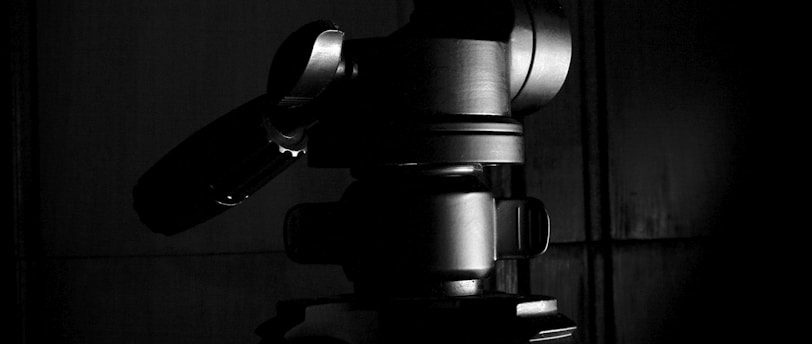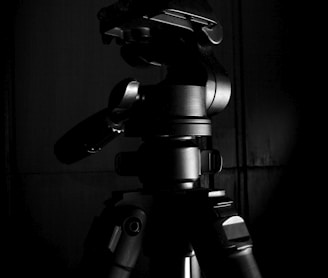Exploring Dystopian Realities Through Hypnotic Architecture: A Conversation with Tahreem Rizwan Qureshi


In a world where art and technology converge, artists are increasingly embracing dystopian themes to challenge conventional norms and offer audiences a unique perspective on reality. Tahreem Rizwan Qureshi, an innovative artist based in Lahore, Pakistan, has embarked on a creative journey that transcends the boundaries of time and perception. Through her captivating project, she presents a vibrant exploration of parallel realities, escapism, and the enigmatic relationship between architecture and the human psyche. In a candid interview, Tahreem recounts her journey as she transforms historical edifices into hypnotic visual narratives – resuscitating forgotten structures while interweaving narratives that transcend temporal boundaries.
The inspiration behind Tahreem's project arose from a desire to shed light on abandoned buildings, injecting vitality into overlooked edifices. Collaborating with the owners of Junoon,a building steeped in history with over 300 years of existence, located in the former red light district of Old Lahore and having passed through the ownership of various Muslim, Hindu, and Sikh families, Tehreem embarked on a transformative endeavour. "I didn't want to change the facade, I didn't want to change the physical structure of the facade, which is why I chose projection mapping as the medium for my project," Tahreem explains. This choice paved the way for a complex interplay between architecture, history, and visual art. Through her artistic expression, Qureshi channels the spirits of bygone eras - giving voice to the edifice itself through captivating visual narratives. This profound metamorphosis imparts a soul to the structure, igniting emotions and and stimulating discussions surrounding heritage and evolution.
Qureshi's undertaking combines elements of historical reverence and futuristic surrealism, resulting in a thought-provoking juxtaposition of tradition and innovation. Through meticulous fusion of various artistic movements ranging from the Renaissance to Modern Art, Qureshi intricately weaves together different epochs, creating a tapestry of time that bridges the past with the present. "I projected those art movements onto the building's facade. All the art movements from the 15th, 16th century to 20th century," she shares. This amalgamation breathes life into the building, infusing it with a distinct personality, while a thought-provoking voiceover narrates from the building's perspective. This metaphorical approach grants a voice to the inanimate, underscoring the fluidity of time and the evolution of space. This not only pays homage to the building's historical significance but also blurs the boundaries between past, present, and future – a hallmark of dystopian storytelling. The projection of these art forms onto the building's façade not only redefines its character but also transports observers on an immersive sensory voyage through the annals of artistic history.
Key to Qureshi's artistic practice is the examination of psychological and emotional landscapes. Leveraging her interdisciplinary expertise, she adeptly incorporates psychological principles into her artwork, presenting viewers with a stimulating encounter that surpasses mere visual aesthetics— she diligently constructs an all-encompassing encounter that pushes the boundaries of perception and invites introspection. Her projections offer a mind-altering sojourn, a psychedelic trip without the need for substances. This intricate interplay between architecture, storytelling, and visual art invites the audience to question the boundaries of reality and imagination, echoing the dissonance often found in dystopian narratives.As audiences engage with Tahreem's work, they are enveloped in an immersive experience that blurs the lines between reality and fantasy. "I wanted to create a mind-bending, mind-altering experience for the audience, similar to a psychedelic trip without consuming the drug itself," Tahreem explains. Through intricate motifs and mesmerising transitions, she fashions an atmosphere that challenges the balance of reality and fiction, and her creations exemplify the rising prevalence of dystopian elements within the art world.
As Qureshi's art resonates with Lahore's urban fabric, it emerges as a harbinger of change within the Pakistani art scene. "Bringing cyberpunk and this sci-fi element into daily life in the form of public arts is gonna be good for Pakistan," she asserts. By marrying the tenets of cyberpunk culture with historical sites, she transforms the mundane into the extraordinary. In a society where public art is scarce, Qureshi pioneers a revolution, seamlessly blending cutting-edge technology with cultural heritage. Her visionary approach paves the way for a reimagined artistic scene, where the mundane becomes extraordinary, and the boundaries of creativity extend beyond traditional confines.
Qureshi's journey, though not without its challenges, has illuminated the potential for art to transcend time and space. Her project showcases the power of projection mapping to serve as a conduit between epochs, imbuing architectural relics with newfound significance. Qureshi envisions a future where her creations continue to evolve, materialising in both immersive indoor experiences and audacious projections onto diverse architectural surfaces. As she continues on her artistic journey, Tahreem remains devoted to constructing captivating immersive encounters that challenge conventional perspectives and transport viewers into alternative realms. Guided by an exploration of uncharted perceptual territories and driven by an innate passion for pushing boundaries, Tahreem's forthcoming endeavours promise to be equally compelling and ground-breaking.
In the realm of Qureshi's art, buildings cease to be mere structures and become vessels of expression, time machines that transport us through history, and gateways to parallel realities. Through this transformative project, Qureshi encourages us to reevaluate the prevailing narratives that define our understanding of architectural spaces, beckoning us to explore the rich tapestry of emotions, psychology, and possibilities that dwell within the walls of forgotten buildings.
In the ever-expanding realm of artistic expression, Tahreem Rizwan Qureshi brings to our attention the potential for exploration at the crossroads of dystopian themes, architectural concepts, and mesmerising visual narratives. By engaging these elements in her creative projections, Qureshi initiates thought-provoking conversations that challenge societal perspectives and prompt us to question the fundamental nature of reality itself. Her artworks weave together dystopian motifs with historical references, psychological insights, and architectural aesthetics as a means to initiate discourse on topics such as identity dynamics and temporal dimensions within art-reality interplay. Representing an integral part of Pakistan's evolving art scene, Qureshi's work presents audiences with a unique lens through which they can embrace surreal experiences while pushing the boundaries of their own perception. Ultimately envisioning a future where technology seamlessly converges with artistic endeavours.
